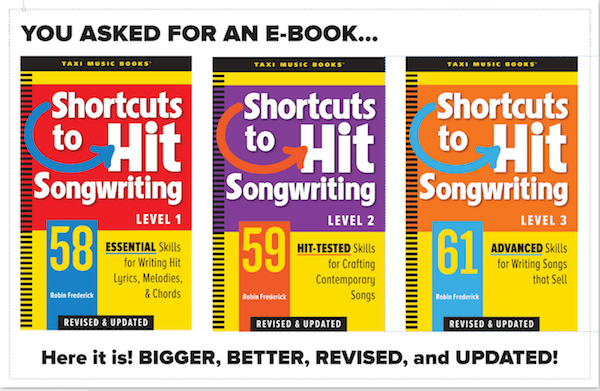
I got a question recently from a songwriter who is torn between two very different song genres —Pop and Contemporary Folk. He loves both and sees the strengths in both. But because he can’t decide which to focus on, he’s having trouble getting started and working on a song. Which style is it going to be?
Which genre am I writing in?
The whole question of choosing a song genre can be frustrating, especially if you’re drawn to a couple of the big ones – like Pop and Folk. Every style—from Pop, Country, and Rock to R&B, Folk, and Blues—has a different approach to melody, lyrics, and production. Veering between two styles within a single song can be a disaster. And working on a Pop song while wondering if maybe it should be a Folk song can distract you from the things you should be focusing on.
Targeting a song genre helps you build an audience and gives you an edge when it comes time to market your song to the music industry. It’s an important issue and one that every serious songwriter has to confront sooner or later. So, what do you do? How do you choose? Here are some ideas that might help.





 Imagine yourself…
Imagine yourself…